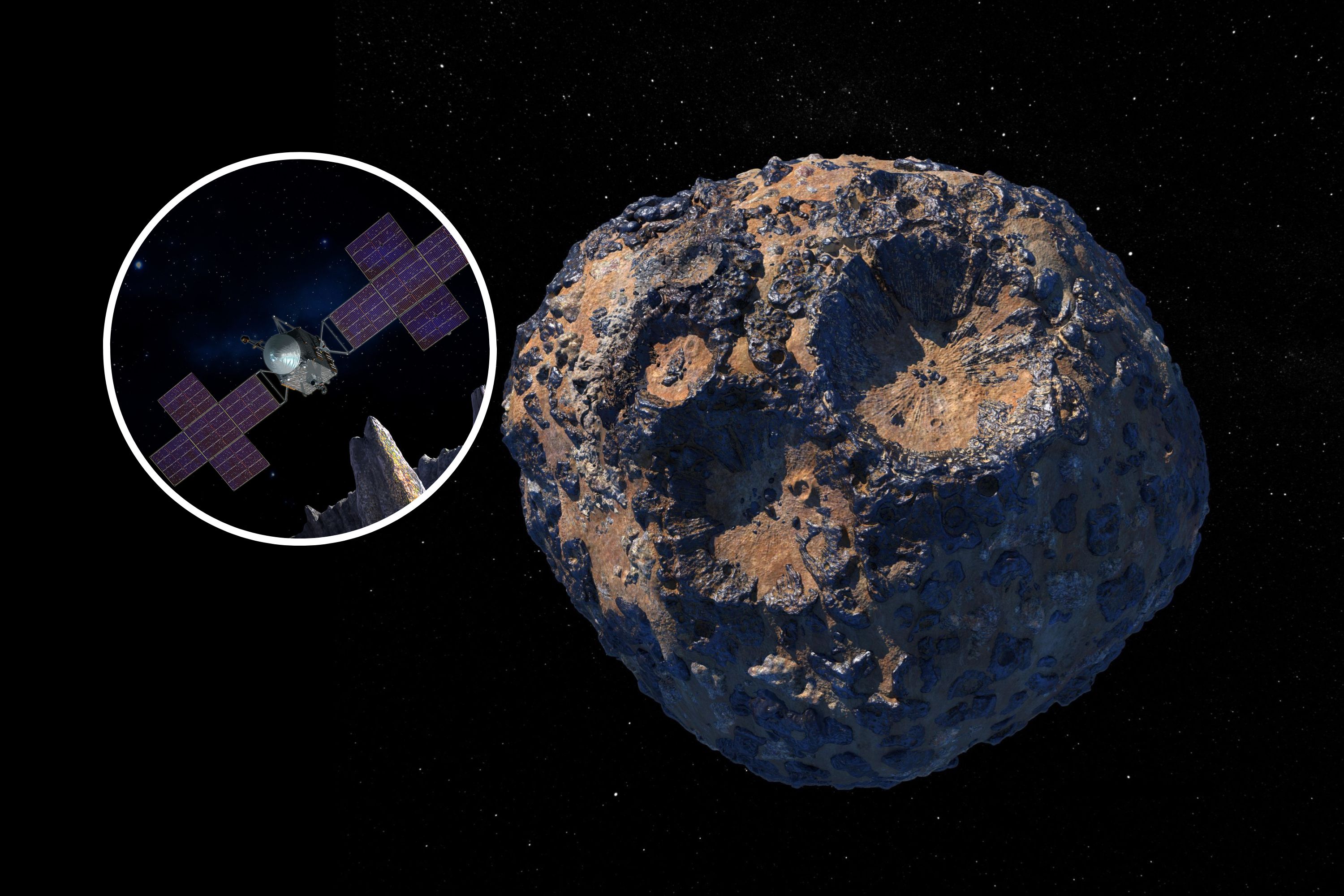NASA and the European Space Agency's Solar Orbiter spacecraft has sent home the highest resolution images of our sun ever captured.
ESA has shared four images of the sun's surface, revealing the detailed structure of the sun's photosphere, magnetic field, and corona.
These images were snapped on March 22, 2023, when the Solar Orbiter was some 45 million miles from our star.
"The sun's magnetic field is key to understanding the dynamic nature of our home star from the smallest to the largest scales. These new high-resolution maps from Solar Orbiter's PHI instrument show the beauty of the sun's surface magnetic field and flows in great detail. At the same time, they are crucial for inferring the magnetic field in the Sun's hot corona, which our EUI (Extreme Ultraviolet Imager) instrument is imaging," Daniel Müller, Solar Orbiter's Project Scientist, said in an ESA statement.
1 of 3

The Solar Orbiter is a space probe developed collaboratively by ESA and NASA to study the Sun in unprecedented detail. Launched on February 10, 2020, the probe follows an elliptical orbit, allowing it to come as close as 26 million miles to the sun, within the orbit of Mercury. Over time, its orbit will tilt, enabling unique views of the sun's poles, a first in solar science.
The images were snapped using the probe's Polarimetric and Helioseismic Imager (PHI) and Extreme Ultraviolet Imager (EUI) instruments, which allow scientists to examine many of the sun's volatile characteristics. The PHI images reveal the sun in visible light, a magnetic map of the sun, and movements of plasma around the sun's surface—called a tachogram—while the EUI image shows the sun in ultraviolet light.
The visible light image reveals the sun's surface, known as the photosphere, which is the part we can see from Earth. Despite being called a "surface," the sun has no solid ground—it's a massive ball of hot, glowing plasma (ionized gas).
The surface of the sun can reach temperatures of between 8000 and 11,000 degrees Fahrenheit and has a granular texture due to the convection process that forms granules on its surface. These granules are small, dynamic patterns of bright and dark areas caused by convection which play a crucial role in transporting energy from the sun's interior to its surface.
The visible light image also reveals the sun's surface to be dotted with sunspots, which are dark patches on the photosphere caused by intense magnetic activity. Sunspots are cooler than their surroundings, with temperatures around 7,000 degrees Fahrenheit.
The magnetic map of the sun reveals how these sunspots are where the sun's magnetic field is concentrated. This intense magnetic activity inhibits the normal flow of energy from the sun's interior to its surface, resulting in sunspots being cooler than the rest of the sun. Grey areas indicate regions where there is no magnetic field, while yellow or green regions have a small magnetic field.
The tachogram taken by the PHI shows how the sun's surface flows around, with blue areas representing the plasma moving towards the probe and red areas where plasma is moving away.
"This map shows that while the plasma on the surface of the sun generally rotates with the sun's overall spin around its axis, it is pushed outward around the sunspots," ESA said in a statement.

The EUI image shows the sun in ultraviolet light, which highlights how plasma flows out into space in the areas surrounding the sunspots.
Each of these groundbreaking images is composed of 25 individual images stitched together, due to the proximity of the Solar Orbiter to our star.
While the Solar Orbiter approached very close to the sun to take these images, 45 million miles isn't the closest a human-made object has come to our star.
In 2023, NASA's Parker Solar Probe passed 4.51 million miles from the sun, breaking its own prior record from 2018 of 26.55 million miles. The Parker Probe is expected to get even closer in the coming months, coming within 3.86 million miles of the sun's surface on December 24 this year.
Do you have a tip on a science story that Newsweek should be covering? Do you have a question about the sun? Let us know via science@newsweek.com.














)





 English (US) ·
English (US) ·